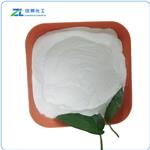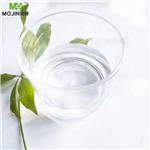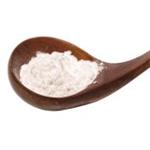Chemical Properties
white crystalline powder
Uses
2-Butyl-2-ethyl-1,3-propanediol was used in the synthesis of polyesters.
Uses
Synthesis of lubricants, emulsifying agents,
insect repellents, plastics.
Application
2-Butyl-2-ethyl-1,3-propanediol is an asymmetric hydrophobic diol giving the corresponding polyesters improved flexibility, lower viscosity, solubility and resistance to hydrolysis as compared with neopentyl glycol. It is used to produce polyurethane powder, coil, and can coatings and other stoving enamels. In powder polyester coatings it improves outdoor resistance and leveling due to lower melt viscosity while still retaining acceptable glass transition temperature of at least 50 ℃. 2-Butyl-2-ethyl-1,3-propanediol reduces the crystallinity of polyesters and is used as coglycol in outdoor durable solventborne polyester paints with high clarity and shelf life. BEPD is used in unsaturated polyester gel coats, resulting in very good hydrolytic stability and improved solubility of the polyester in styrene. Acrylic esters of BEPD and its alkoxylates find applications in UV-curable coatings with improved adhesion on substrates with low surface energy. BEPD is used as chain extender in elastomers with higher clarity and in other polyurethane applications.
Production Methods
2-Butyl-2-ethyl-1,3-propanediol (BEPD) is produced either by the salt-free procedure based on aldol addition followed by hydrogenation or by the classical combination of hydroxymethylation catalyzed by alkali hydroxides and Cannizzaro-type disproportionation with formaldehyde. The reaction is very exothermic and rapid and can be controlled by the addition rate of the base catalyst. The raw material, 2-ethylhexanal, is produced from n-butyraldehyde by aldol condensation and selective hydrogenation steps which increases the production cost of BEPD compared to, e.g., neopentyl glycol. The world production of 2-butyl-2-ethyl-1,3-propanediol is estimated at about 10 000 t/a; the producers are Chisso, Kyowa Hakko, and Perstorp.
General Description
2-Butyl-2-ethyl-1,3-propanediol undergoes bulk polycondensation with diacid monomer (terephthalic acid) to yield poly(ethylene terephthalate) copolymers.




